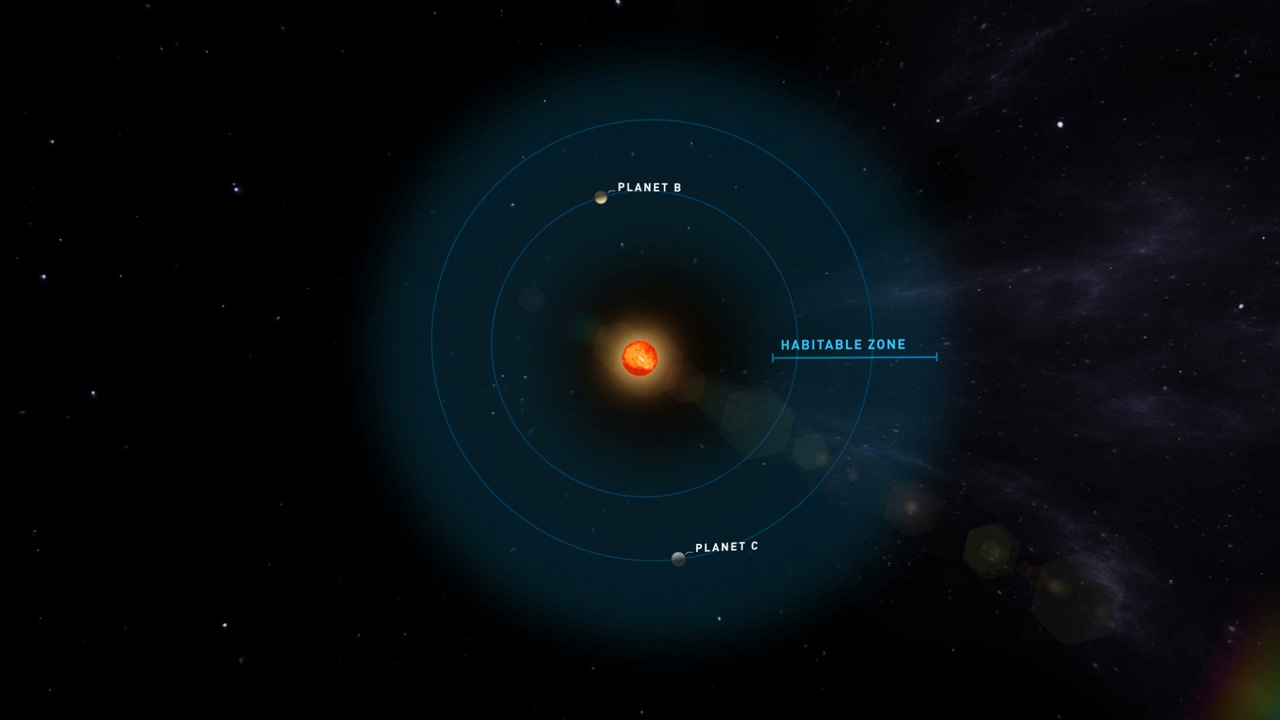Two Earth-size planets have been discovered in a neighboring solar system

They’re located in the “habitable zone,” where liquid water could exist on a planet’s surface.
The news: Researchers at the University of Göttingen have been studying a star known as “Teegarden’s star” for the last three years. They found two planets orbiting it that seem to bear some similarities to Earth, orbiting in a region where it’s possible there could be liquid water. Their findings are published in the journal Astronomy & Astrophysics this week.
The star: It’s so faint it wasn’t spotted until 2003. It’s one of our closest stars (a mere 12.5 light-years away) and it’s an “M dwarf,” about half as warm as the sun and a tenth as big. That means potentially habitable planets would have to be closer to it than those in our own solar system, and thus orbit more quickly. The two new planets were spotted using the CARMENES instrument on a telescope in Spain. It looks for how an exoplanet’s gravitational pull periodically affects a star’s light.
Could they host alien life? The fact the planets bear similarities to our own lump of rock is obviously fascinating. However, there’s no way to know what their atmosphere is like—and so if there could be any life there—until we have more powerful telescopes. “Both Teegarden’s planets are potentially habitable,“ Ignasi Ribas of the Institute of Space Studies of Catalonia told National Geographic. “We will eventually see if they are actually habitable and, perhaps, even inhabited.”
Want to keep up to date with space tech news? Sign up for our space newsletter, The Airlock.
Deep Dive
Space
How to safely watch and photograph the total solar eclipse
The solar eclipse this Monday, April 8, will be visible to millions. Here’s how to make the most of your experience.
How scientists are using quantum squeezing to push the limits of their sensors
Fuzziness may rule the quantum realm, but it can be manipulated to our advantage.
The great commercial takeover of low Earth orbit
Axiom Space and other companies are betting they can build private structures to replace the International Space Station.
Stay connected
Get the latest updates from
MIT Technology Review
Discover special offers, top stories, upcoming events, and more.